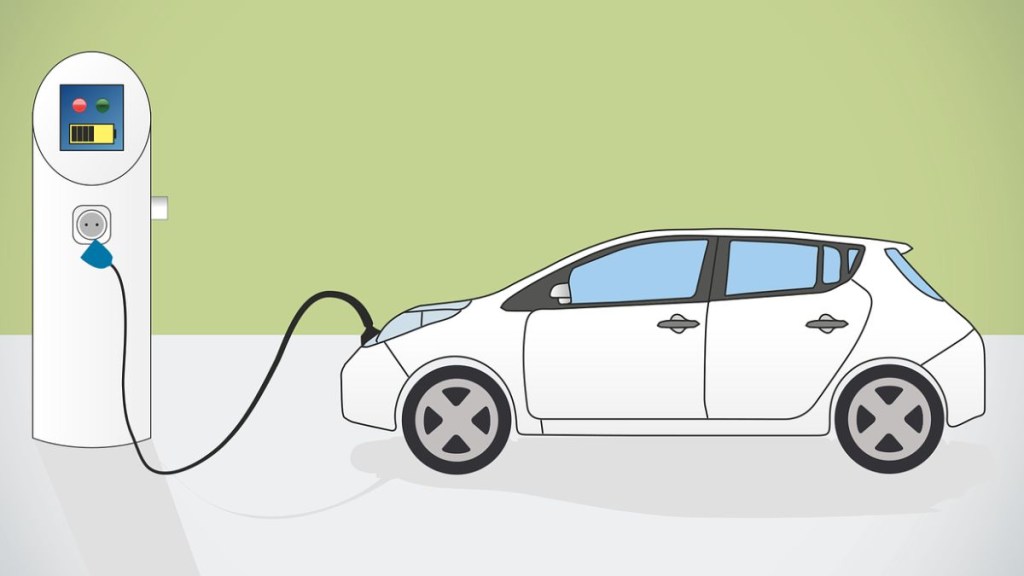Maruti Suzuki and Toyota are the only large players to launch hybrid vehicles in the market with one product each. While both the Japanese players have promised to deliver more hybrids in the near future after getting a positive reaction from the market, Tata Motors believes that investing in an intermediate technology like hybrid, will be counter productive to the overall target of India of being carbon neutral by 2070. Shailesh Chandra, Tata Motors Passenger Vehicles and Tata Passenger Electric Mobility spoke to Swaraj Baggonkar on the sidelines of the Auto Expo 2023. Edited excerpts:
What is the product line up at your pavilion?
We have the Avinya, the Harrier EV (targeted for 2024) and the Sierra EV in the EV range. We have the CNG variants of the Punch and Altroz. We also have the ICE variant of the Curvv, the dark edition of the Safari and Harrier with ADAS features. And we have the Altroz Racer edition. What we have not showcased but will be introduced later in the market are electric variants of the Altroz and Punch.
What will be the penetration level of the EVs in your portfolio?
We are closer to 10% penetration without the Tiago EV. In the next 4-5 year, we should be around 25%. Our ambition is to be at 50% by 2030.
What would the ratio be in terms of number of products?
Possibly the number of products in EV will be higher. Over time, there will be an equal number of products powered by battery and ICE.
Will you be able to hang on to that number one ranking in EVs?
That will be our attempt. Our introductions are much faster (than competition). There are more Tata EVs on the roads and (thus) there is a greater brand connect. We will have the widest product portfolio. I will have products which have a wide spectrum or prices and body styles.
Has there been any rethink at Tata Motors with regards to your approach for hybrids?
A customer buys a hybrid because of its fuel efficiency and the economics is proving to justify the delta the customer pays. The comparison is made with the petrol variant and there is a comparison of the value proposition. Diesel also sells on the same proposition. If I am not meeting the corporate average fuel economy (CAFÉ) norms only then will I consider hybrids.
EVs are a much better value proposition you mean?
Three years down the line EV will be a much stronger proposition and is a technology that will live in perpetuity. So why not dial up investments there? There is absolutely no need for fresh investment in hybrids. And since it is using electrification for higher fuel efficiency, it should not be compared with EVs. It should be compared with diesels.
The industry is lobbying for tax cuts on hybrids. Your comment
The government cannot be subsidising everything. The target of 2070 is not going to happen on its own. The more you subsidise a technology that is intermediate you will delay the eventual technology adoption. The time you start giving a slight support to an intermediate technology all OEMs will shift to that and customers will adopt what is offered.



















